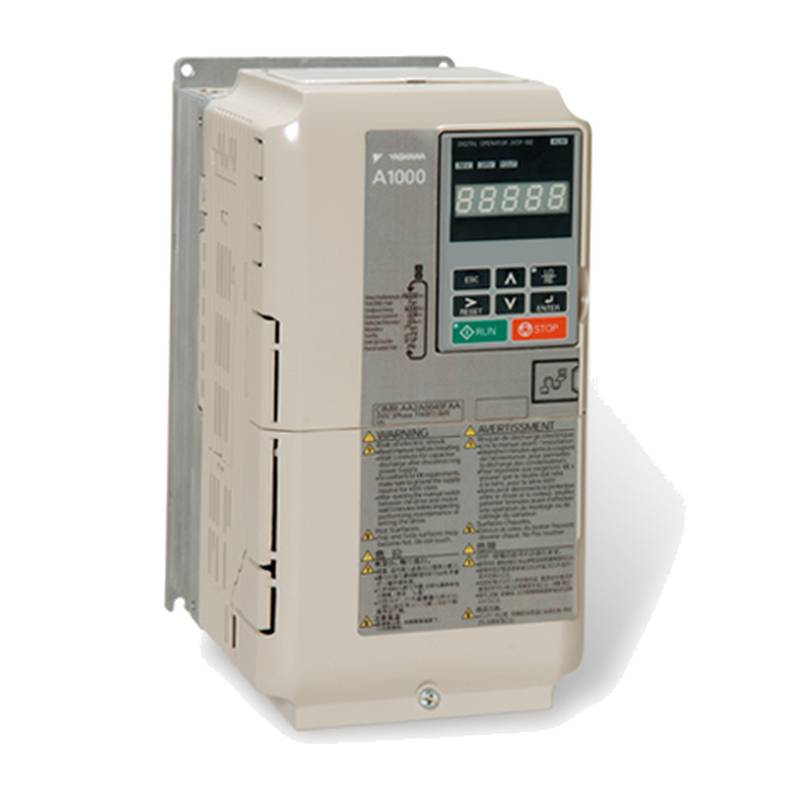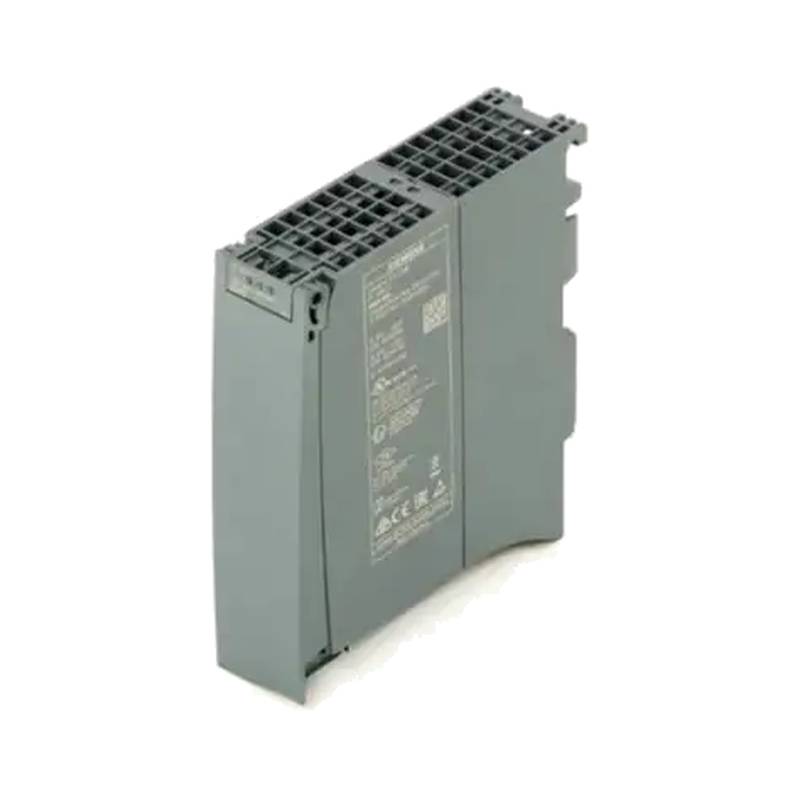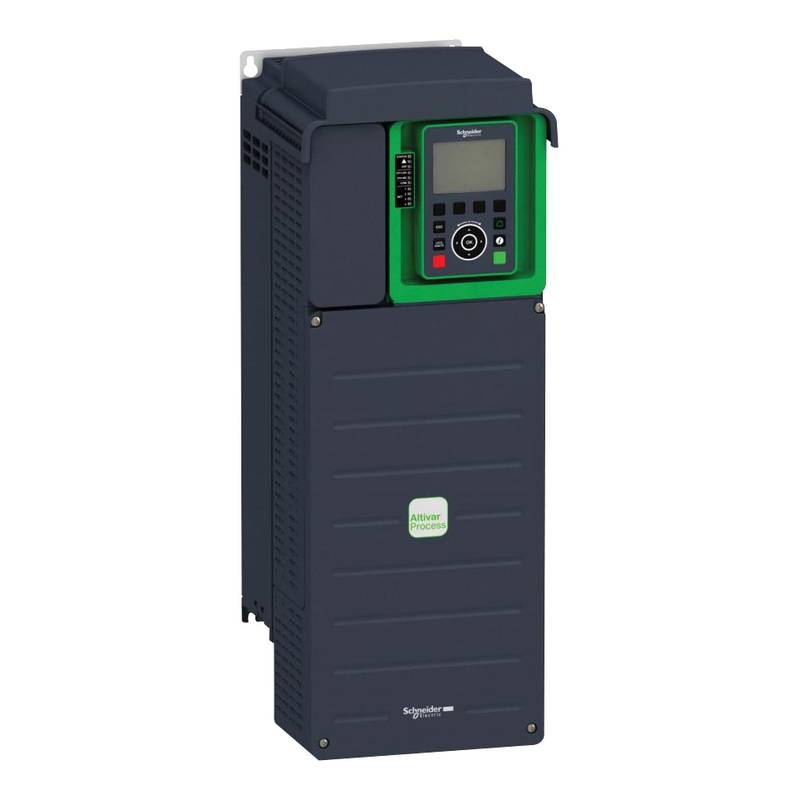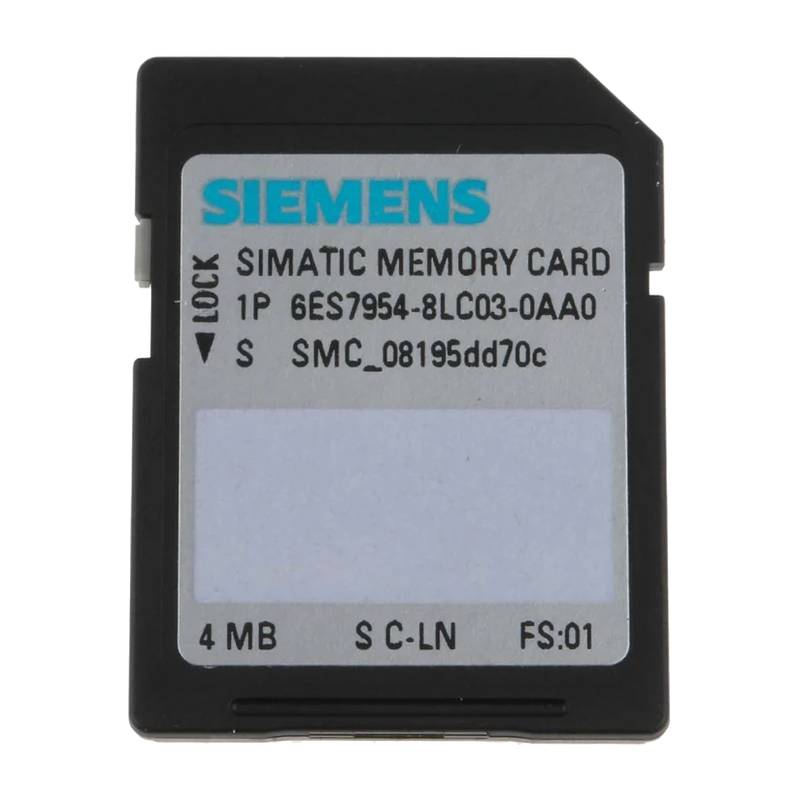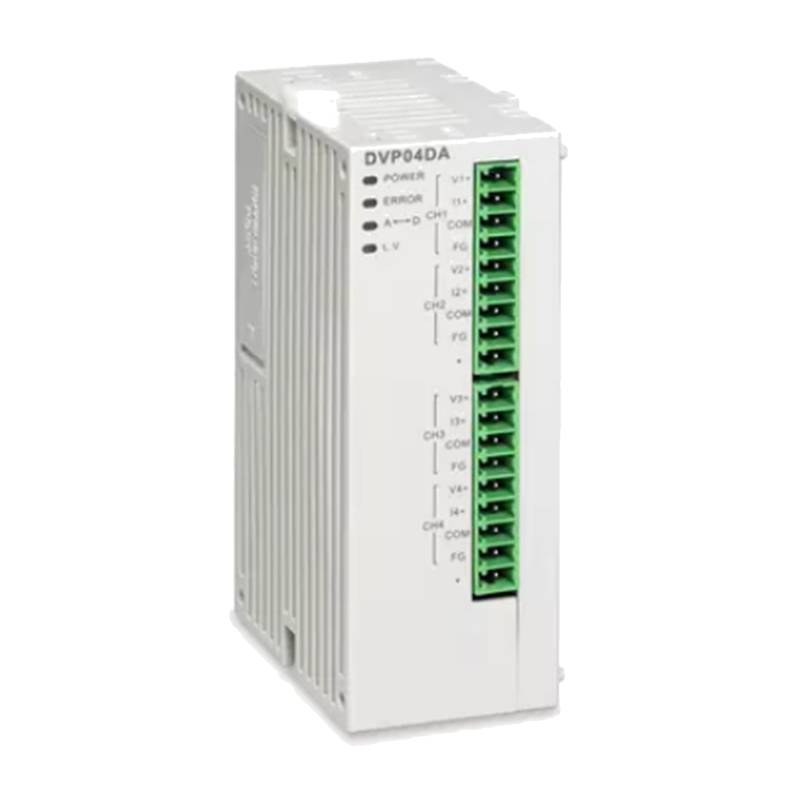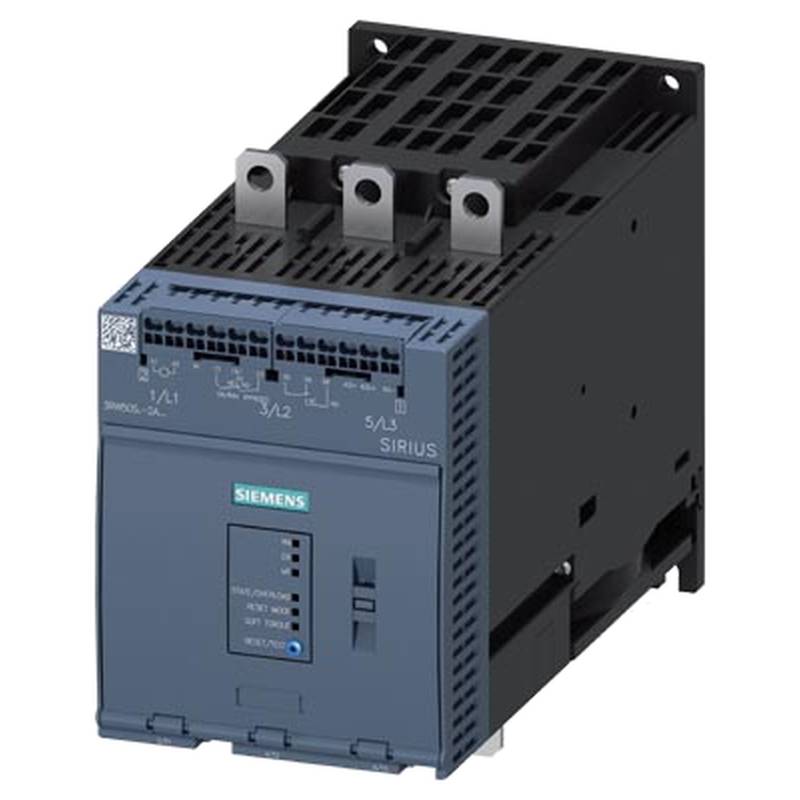
The YASKAWA CH70B4150ABBA CH700 High Performance Drive VFD, boasting a 150A current rating and 75kW power output, represents a significant advancement in industrial motor control technology. This Variable Frequency Drive (VFD) is engineered for demanding applications, offering exceptional performance, precise speed regulation, and robust energy savings. Its core advantages lie in its advanced control algorithms, superior thermal management, and user-friendly interface, making it a preferred choice for optimizing machinery across various industrial sectors. Key technical parameters include a nominal input voltage of 400V AC, a maximum output voltage of 400V AC, and an impressive overload capacity, ensuring reliable operation even under peak loads. The drive also features a sophisticated digital display for real-time monitoring and diagnostics, further enhancing its operational efficiency.
Product Specifications
| Feature | Specification |
| :---------------------- | :--------------------------------------------- |
| Model Number | CH70B4150ABBA |
| Series | CH700 |
| Rated Current | 150 A |
| Rated Power | 75 kW (100 HP) |
| Input Voltage | 400V AC (3 Phase) |
| Output Voltage | 400V AC (3 Phase) |
| Control Method | Advanced Closed-Loop Vector Control |
| Protection Rating | IP20 (standard, chassis mount) |
| Operating Temperature | -10°C to +50°C (derating may apply) |
| Dimensions (H x W x D) | Varies by enclosure, consult datasheet |
| Communication Options | Modbus RTU, Profibus, DeviceNet, Ethernet/IP |
Core Features & Market Positioning
The YASKAWA CH700 series, exemplified by the CH70B4150ABBA, distinguishes itself through its sophisticated closed-loop vector control, enabling precise torque and speed regulation essential for high-performance applications. This advanced control technology minimizes motor slip and ensures accurate positioning, a critical factor in automated manufacturing and process control. Its robust thermal management system, featuring optimized heatsink design and intelligent fan control, contributes to extended drive lifespan and reliability in harsh industrial environments. Market positioning for the CH700 is firmly established as a premium solution for applications demanding superior dynamic response, high accuracy, and significant energy efficiency improvements, directly competing with other top-tier VFD manufacturers. The drive's flexibility in communication protocols also positions it as an easily integrated component within modern industrial automation networks, supporting Industry 4.0 initiatives.
Key Application Scenarios
The 150A, 75kW YASKAWA CH70B4150ABBA is ideally suited for a wide spectrum of industrial applications where precise motor control and high torque are paramount. This includes heavy-duty machinery such as extruders, injection molding machines, and large fans or pumps where variable speed operation significantly impacts energy consumption and process efficiency. It is also extensively utilized in material handling systems, including conveyors and cranes, where smooth acceleration and deceleration are crucial for product integrity and operational safety. Furthermore, its robust performance makes it a strong candidate for metal processing equipment like presses and winders, as well as for applications in the paper and pulp industry requiring consistent torque output.
Practical System Integration Guidance
Integrating the YASKAWA CH70B4150ABBA into an existing system requires careful attention to power, control, and communication wiring. Ensure the main power input is connected to a stable 400V AC, 3-phase supply, with appropriate circuit protection and isolation devices in place as per local electrical codes and Yaskawa's installation manual. Control wiring for digital and analog inputs/outputs should be routed separately from power cables to prevent electrical noise interference. For communication, select the appropriate option board (e.g., Profibus, Ethernet/IP) and ensure compatible network cabling and termination are used. Initial commissioning involves setting drive parameters via the local operator panel or through configuration software such as Yaskawa's DriveWizard. Crucial initial parameter settings typically include motor nameplate data, desired control mode (e.g., closed-loop vector), acceleration/deceleration times, and any specific application limits. Proper grounding of both the drive and the motor is essential for safety and optimal performance.
Operation and Risk Mitigation
Safe operation of the YASKAWA CH70B4150ABBA VFD mandates strict adherence to the manufacturer's safety guidelines and proper training for all personnel involved. Before performing any maintenance or inspection, always disconnect and lock out all power sources to the drive. Common operational issues can often be resolved by consulting the drive's built-in diagnostic functions and error code listings. For instance, an "Overcurrent Fault" (e.g., OC1) typically indicates that the motor current is exceeding the drive's limits, which could be due to an overloaded motor, a short circuit, or incorrect parameter settings. "Overvoltage Fault" (e.g., OV1) might suggest issues with the incoming power supply or regenerative braking configuration. Regular visual inspections for dust accumulation, cable integrity, and proper ventilation are vital for preventing overheating and premature component failure.
Scalability & Long-Term Value
The YASKAWA CH700 series, including the CH70B4150ABBA, is designed with scalability and long-term value in mind, facilitating integration into evolving industrial ecosystems. Its modular design and support for various communication protocols enable seamless integration with Distributed Control Systems (DCS), Programmable Logic Controllers (PLCs), and supervisory control and data acquisition (SCADA) systems. This compatibility ensures that the drive can be a central component in smart factory initiatives and IIoT (Industrial Internet of Things) platforms, allowing for remote monitoring, predictive maintenance, and advanced data analytics. Yaskawa's commitment to product development and backward compatibility within its drive families generally provides a pathway for future upgrades or replacements with minimal system redesign, ensuring a sustained return on investment.
Frequently Asked Questions
What is the primary function of the YASKAWA CH700 VFD?
The YASKAWA CH700 VFD precisely controls the speed and torque of electric motors. It achieves this by converting fixed frequency AC power to variable frequency and voltage.
This technology enables significant energy savings by matching motor output to actual load requirements. It also provides enhanced motor protection and improves process control accuracy.
The CH700 series offers advanced control modes, such as closed-loop vector control, for high-performance applications demanding precise speed and torque regulation.
How do I connect the YASKAWA CH700 VFD to a 400V AC motor?
Ensure the main power supply is 400V AC, 3-phase, and properly protected. Connect the motor leads (typically U, V, W) to the corresponding output terminals on the VFD.
Consult the CH700 installation manual for specific wiring diagrams and recommended cable types to prevent electrical noise and ensure safety. Always verify connections before applying power.
Proper grounding of both the VFD and the motor is critical for safe operation and to prevent electromagnetic interference from affecting control signals.
What are the typical applications for a 75kW, 150A VFD like the CH70B4150ABBA?
This drive is suitable for heavy-duty industrial applications requiring high power and precise motor control. Examples include large pumps, fans, extruders, and material handling equipment.
It excels in scenarios where variable speed operation is needed to optimize processes, reduce energy consumption, and improve machine performance, such as in manufacturing plants.
Applications also extend to industries like paper and pulp, metal processing, and mining, where robust and reliable motor control is essential for continuous operation.
How can I set up the basic parameters on the YASKAWA CH70B4150ABBA VFD?
Access the parameter menu using the VFD's local operator panel or configuration software. Start by entering the motor's nameplate data, including voltage, current, frequency, and RPM.
Configure the control mode (e.g., V/f, closed-loop vector) based on your application's requirements for speed and torque accuracy. Set acceleration and deceleration times to avoid mechanical shock.
Review and adjust other essential parameters such as maximum frequency, overload settings, and input/output signal assignments before energizing the motor.
What causes an "Overcurrent Fault" on the CH700 drive, and how do I fix it?
An overcurrent fault (e.g., OC1, OC2) indicates the motor current exceeds the drive's limit. This can stem from an overloaded motor, a short circuit in the motor or cabling, or incorrect acceleration/deceleration settings.
Troubleshoot by first checking if the motor is mechanically overloaded. Verify all motor and power wiring for shorts or loose connections. Ensure acceleration ramps are sufficiently long for the load.
If the issue persists, verify that the drive's current limit parameter is set appropriately for the motor and application. The motor itself or the drive may require professional inspection if faults continue.
What communication protocols does the YASKAWA CH700 series support?
The CH700 series offers flexibility in communication by supporting various industrial network protocols. Common options include Modbus RTU, Profibus DP, DeviceNet, and Ethernet/IP.
Integration into plant-wide automation systems is streamlined with these protocol options. This allows for centralized control, monitoring, and data acquisition from the VFD.
Users must select the appropriate communication option board for their specific network requirements and ensure correct network configuration and cabling for reliable data exchange.
How do I ensure safe installation of the CH70B4150ABBA VFD?
Always follow the detailed safety precautions outlined in the YASKAWA CH700 installation manual. Ensure the VFD is installed in a suitable environment with adequate ventilation and within its specified temperature range.
Before commencing any work, de-energize the VFD and follow lockout/tagout procedures. Verify all power and control connections are secure and correctly wired according to the manual.
Proper grounding of the VFD, motor, and associated equipment is paramount to prevent electric shock and ensure the longevity of the drive. Employ qualified electricians for all installation tasks.
What is the typical lifespan of a YASKAWA CH700 drive?
The lifespan of a YASKAWA CH700 VFD depends heavily on the operating environment, application duty cycle, and maintenance practices. With proper installation and regular upkeep, these drives can last 10-15 years or more.
Key factors influencing longevity include avoiding excessive heat, humidity, and dust, as well as ensuring stable power input and avoiding frequent nuisance tripping of protective functions.
Regular inspections of cooling fans, filter elements, and electrical connections, along with firmware updates as recommended by Yaskawa, contribute to maximizing the drive's operational life.
Can the CH70B4150ABBA be used with any 400V AC motor?
Yes, the CH70B4150ABBA is designed to control a wide range of 400V AC induction motors. However, it is crucial to correctly program the drive with the motor's specific electrical characteristics.
Accurate programming of motor parameters (voltage, current, frequency, RPM, power factor) is essential for the drive to provide optimal performance and protection, especially when using advanced control modes.
For specialized motors (e.g., permanent magnet synchronous motors), ensure the CH700 drive model and firmware support them, and configure the drive parameters accordingly, often requiring encoder feedback.
How do I perform maintenance on the YASKAWA CH70B4150ABBA VFD?
Regular maintenance typically involves keeping the drive clean, ensuring proper ventilation by clearing any dust or obstructions from heatsinks and fans, and checking electrical connections for tightness.
Periodically inspect the cooling fan for proper operation and replace it if it shows signs of wear or becomes noisy, as fan failure can lead to overheating. Examine capacitors and other internal components for any signs of degradation.
Always refer to the YASKAWA CH700 service manual for detailed maintenance procedures, recommended replacement intervals for wear items like fans, and safety guidelines for performing checks.

















